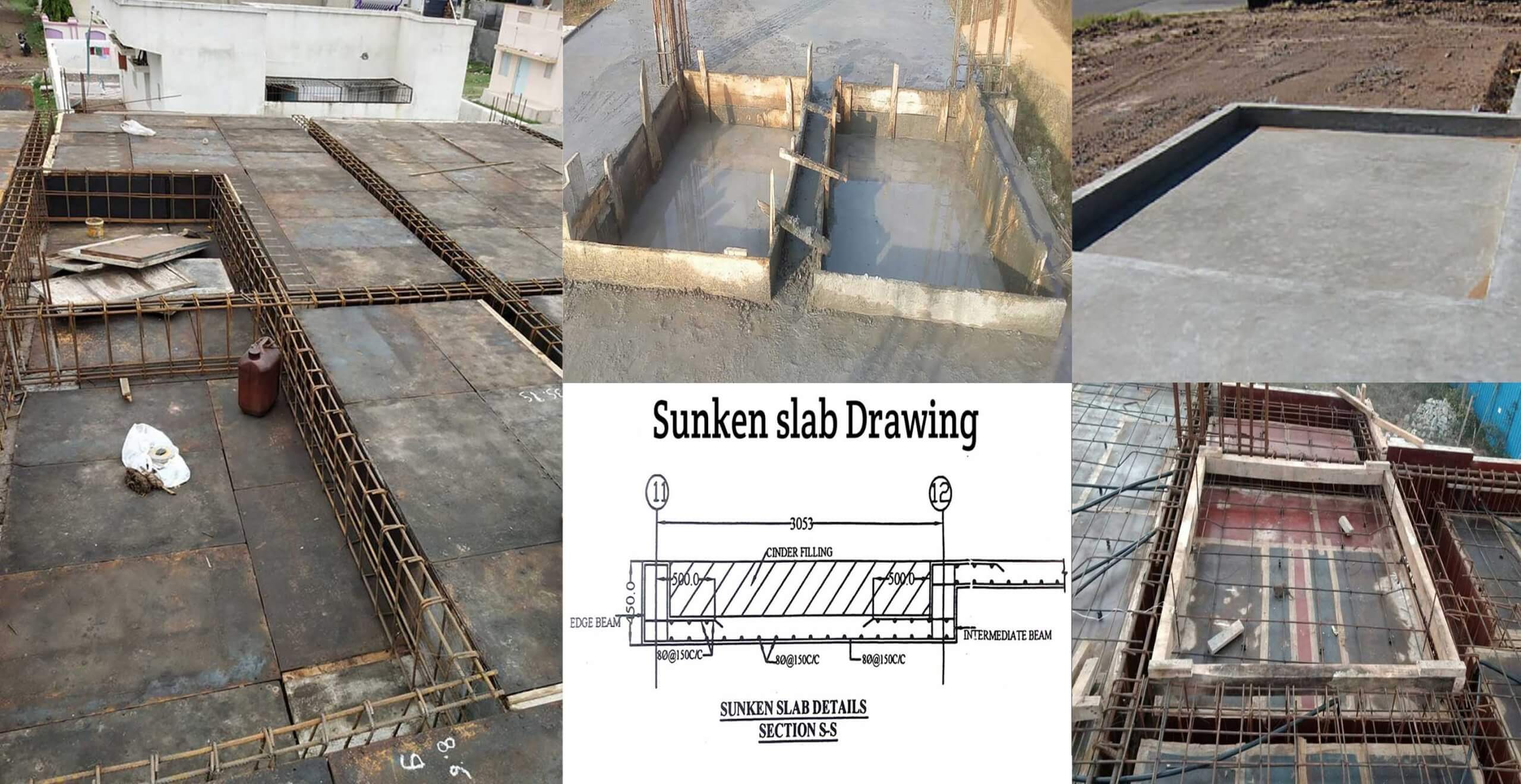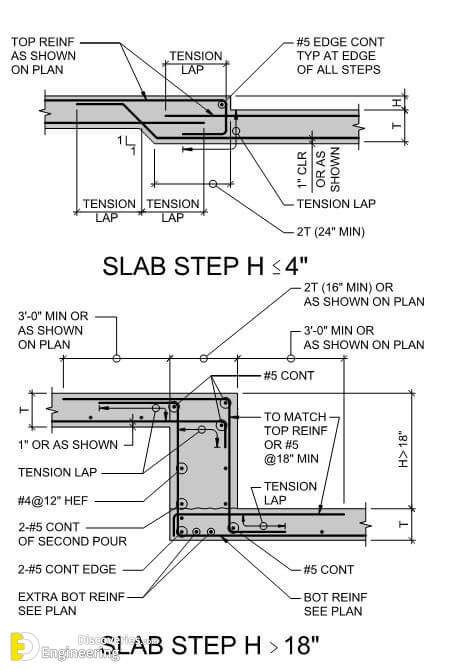1- The concrete of the R.C.C. (floor and sunken slab) should be mixed with a waterproofing material to get a denser, watertight concrete.
2- Then cement and waterproofing material should be diluted in water and splashed onto the RCC sunken slab. Over that, a layer of plaster should be provided using a mortar plasticizer with the cement mortar.
3-. Bricklaying of walls and plastering (prior to tiling) of the walls and floor should be done with cement mortar mixed with a mortar plasticizer.
4- Tile fixing for the floor and walls tiles should be done with non-shrink, waterproof tile adhesives to make the tiled area waterproof.
5- Sanitary pipe joints should be sealed with sealants specially manufactured for sealing sanitary joints firmly so that no water can leak through.
Uses of the sunk slab
Sunk slabs can be used in the following locations :
1- Bathroom/toilet/latrine /wash area floor: The floor trap and the drainage lines can be taken within the sunk portion.
2-Porch slab: here the beams are inverted so that the beams do not protrude downside and a plain surface is available.
3- Mid Landing on a staircase: The end beam is designed as an inverted beam so that there is adequate headroom available below the landing.















